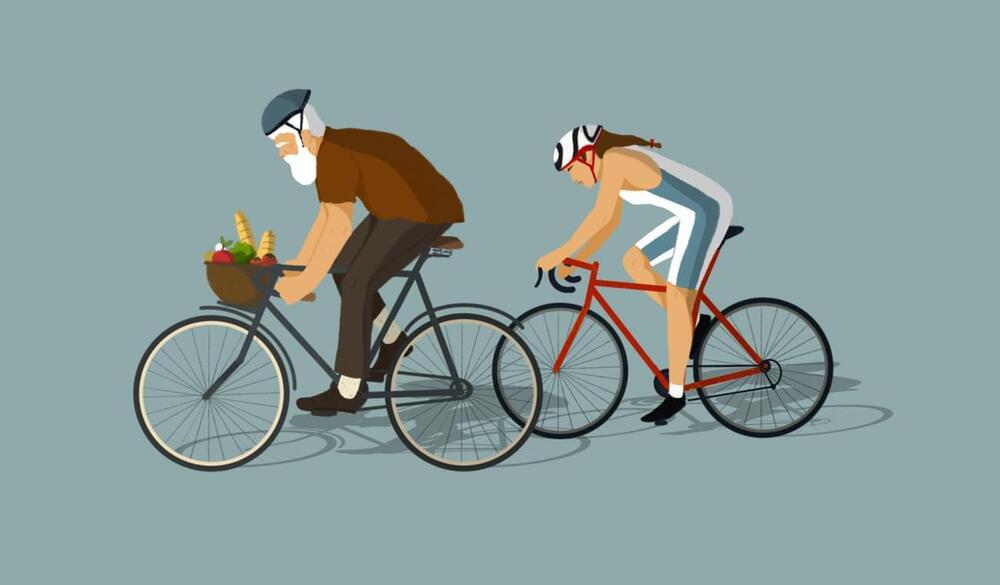Quantum computing is often hailed as the next frontier of technology, promising to solve some of the most complex and challenging problems in science, engineering, and business. But how close are we to achieving this quantum dream, and what are the limitations of this emerging field?
As IEEE Spectrum shares in its detailed report, some of the leading voices in quantum computing have recently expressed doubts and concerns about the technology’s current state and prospects. They argue that quantum computers are far from being ready for practical use and that their applications are more restricted than commonly assumed.






